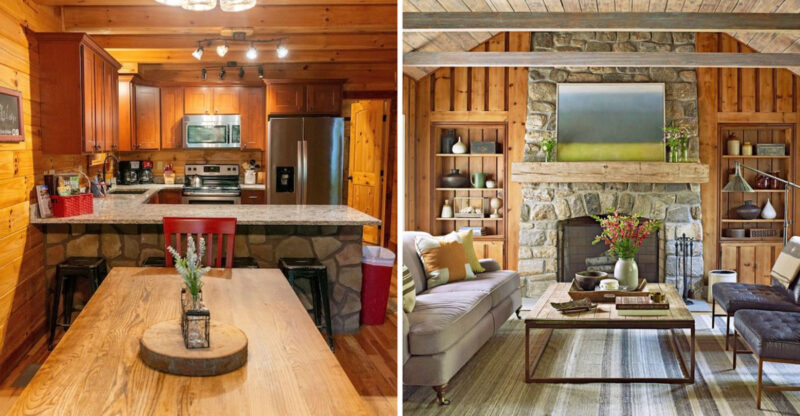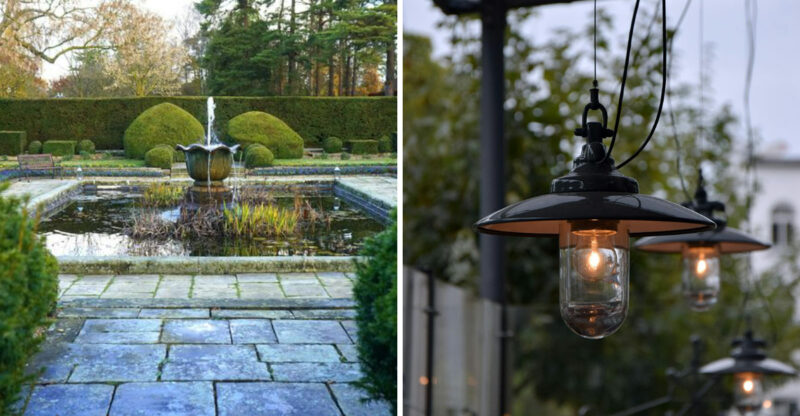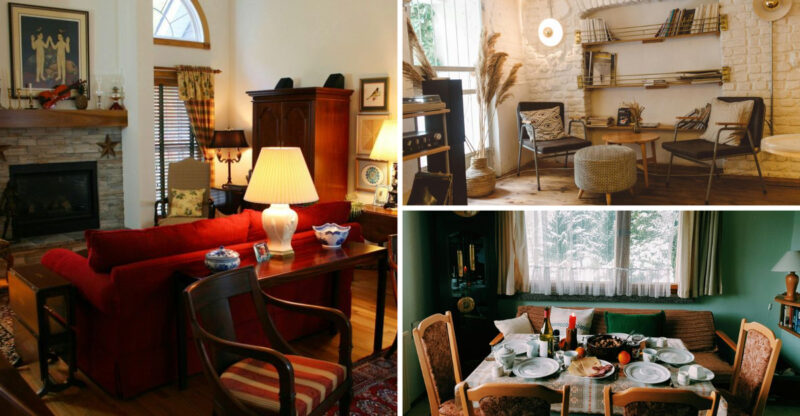11 Rooms That May Have Been Essential But Are Rare In Today’s Homes
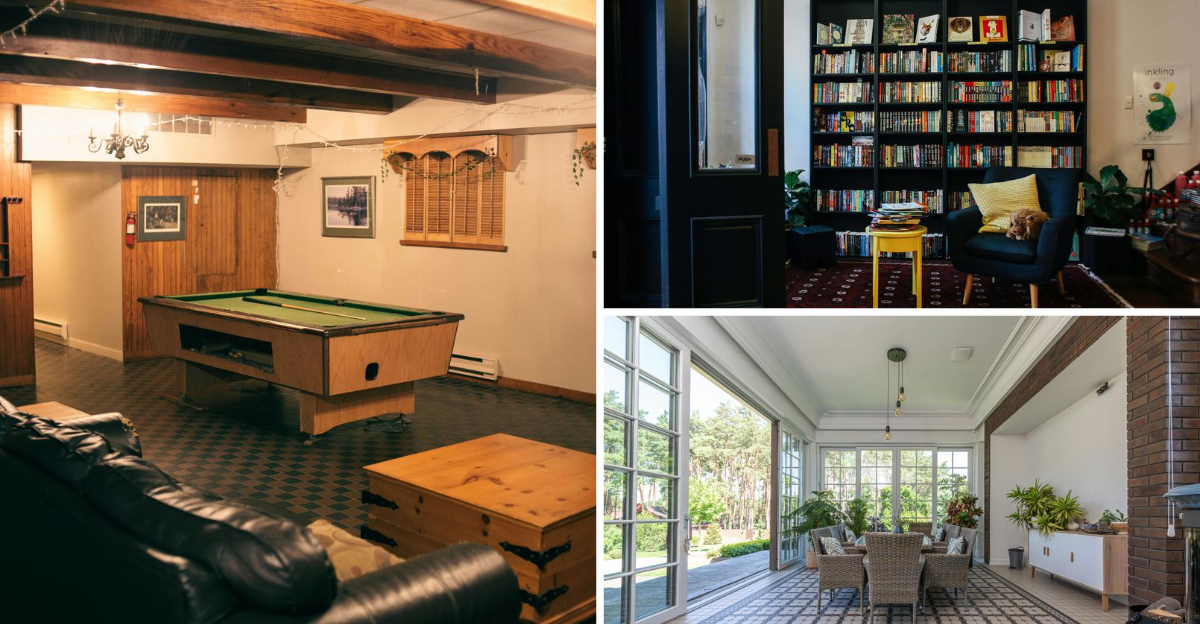
Homes from the past were designed differently than our modern dwellings. As family needs and lifestyles have changed over decades, certain rooms once considered essential have gradually disappeared from standard home designs.
These specialized spaces served specific purposes that reflected the social customs and daily routines of earlier generations. Let’s explore these fascinating rooms that have largely vanished from contemporary homes.
These observations are based on general historical trends, though the presence and use of such rooms could vary depending on region and household.
1. Formal Dining Room
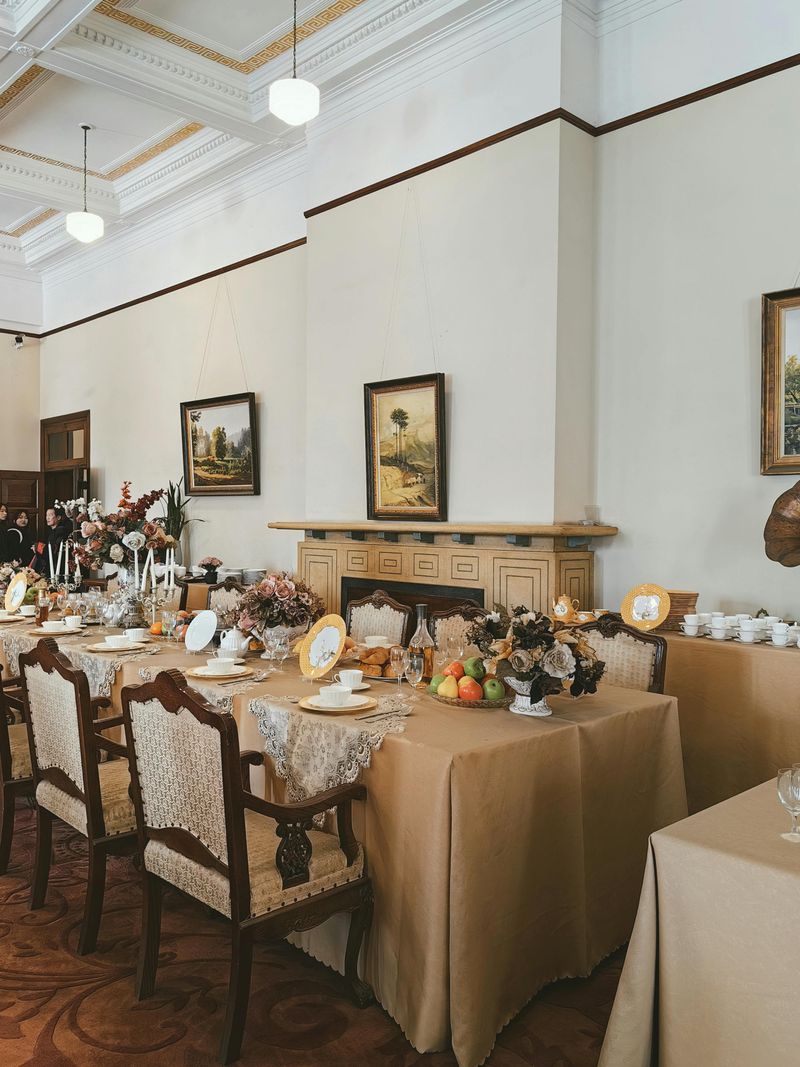
Remember when families gathered around a large table for every evening meal? Formal dining rooms were once the heart of family gatherings and social entertaining, featuring elegant furniture, china cabinets, and proper place settings.
Today’s busy families prefer casual eating spaces or kitchen islands for quick meals. The formal dining room has become something of a relic, often converted into home offices or play areas in modern homes.
If you have an older home with this space, you might use it only for holidays or special occasions. The rest of the year, it sits empty or becomes an impromptu storage area for items that never quite make it to their proper place.
2. Breakfast Nook
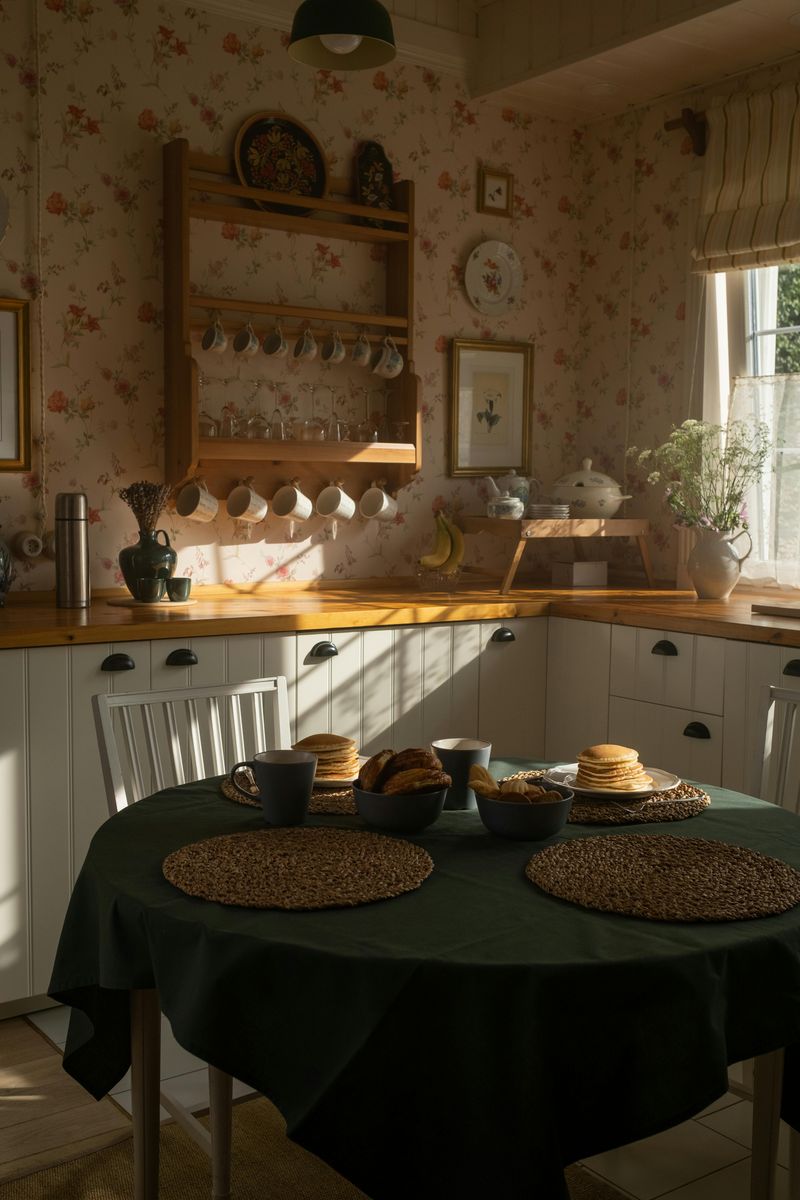
Tucked away in the corner of many mid-century kitchens, breakfast nooks provided cozy spots for morning coffee and casual family meals. These charming alcoves typically featured built-in benches, a small table, and perhaps a window with a pleasant view.
Modern open-concept designs have largely eliminated these dedicated spaces. Instead, kitchen islands with bar stools or great rooms that flow directly into dining areas have become the norm.
Though efficient, today’s layouts lack the intimate charm of these purpose-built morning sanctuaries. Some homeowners are rediscovering the appeal of these snug eating spaces, incorporating modern versions into kitchen renovations for their combination of efficiency and coziness.
3. Parlor
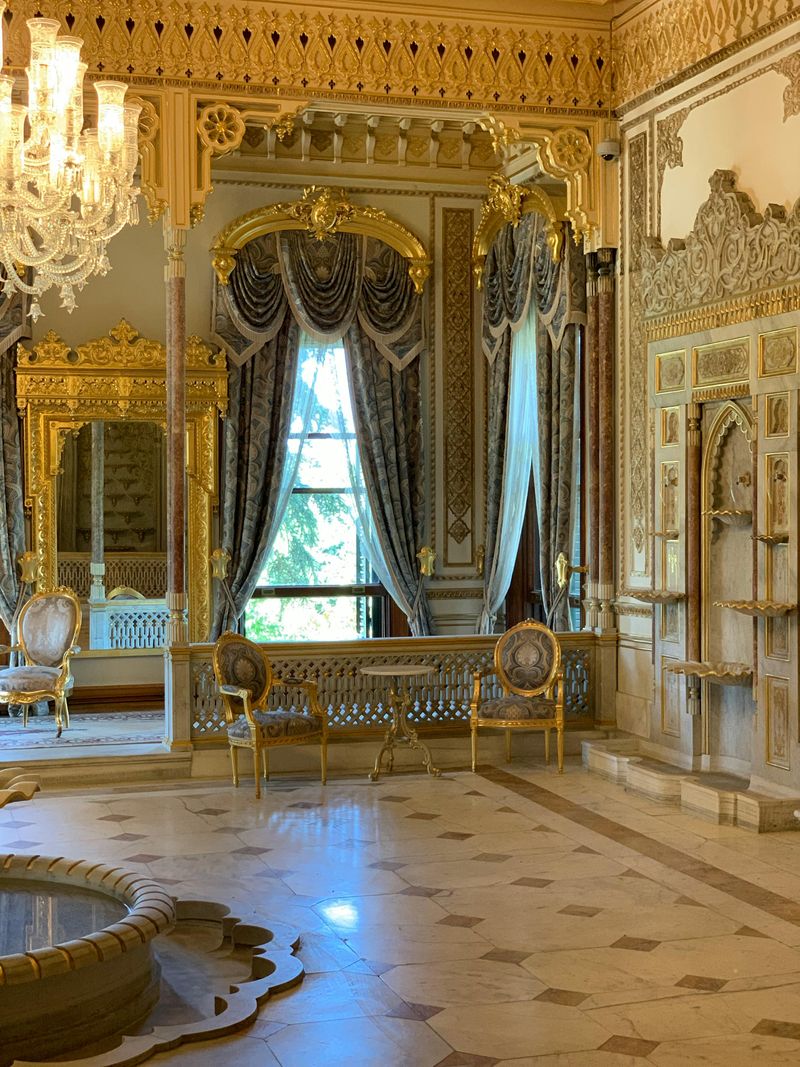
Victorian homes showcased parlors as formal reception rooms where families entertained guests and displayed their finest possessions. These spaces were strictly for company, featuring uncomfortable but impressive furniture, family photos, and decorative items meant to showcase status.
Children were often forbidden from entering unless visitors arrived. The formality extended to the furnishings – stiff-backed chairs, delicate side tables, and ornate accessories that prioritized appearance over comfort.
Modern living rooms serve as multi-purpose spaces for relaxation and entertainment rather than formal social rituals. The shift reflects our more casual approach to hospitality, where comfort trumps formality and spaces serve multiple functions rather than sitting pristine but unused most of the time.
4. Butler’s Pantry
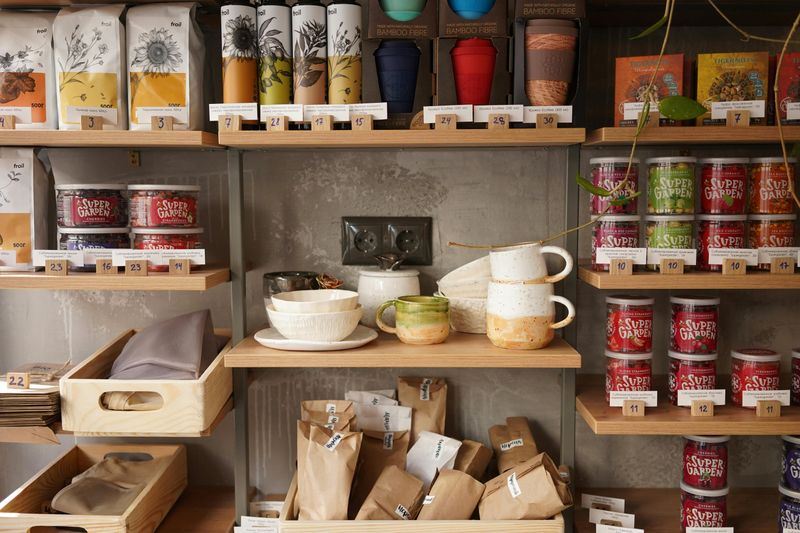
Located between kitchens and dining rooms, butler’s pantries served as staging areas for formal meals in wealthy homes. These specialized spaces stored fine china, silver, linens, and serving pieces while providing countertops for plating elaborate meals before presentation.
Staff would use these rooms to polish silver, arrange flowers, and prepare final touches away from the heat and noise of the kitchen. The butler’s pantry also created a buffer zone, hiding kitchen messes from dining guests.
While most modern homes lack household staff, some high-end new constructions incorporate updated versions as transitional spaces with wine refrigerators and extra storage. For everyday families, the formal separation between cooking and eating spaces has disappeared in favor of open-concept designs that bring everyone together.
5. Library/Study
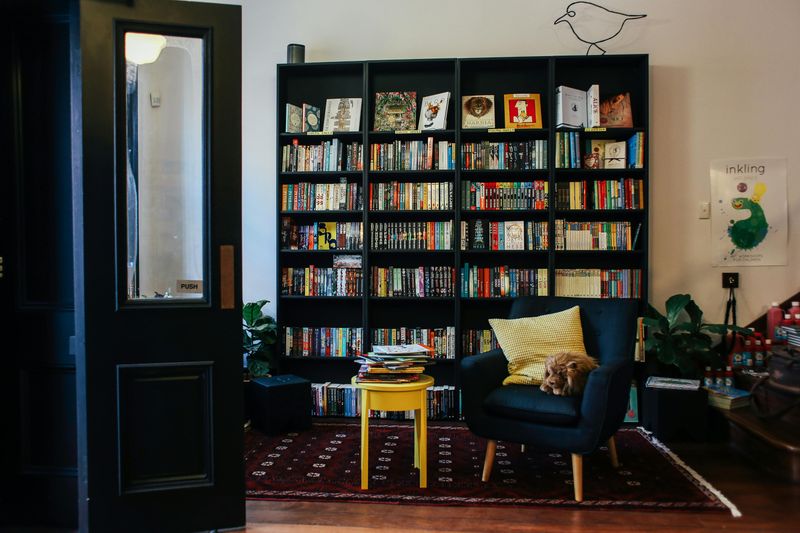
Walls lined with books once signified culture and learning in dedicated home libraries. These intellectual sanctuaries featured floor-to-ceiling shelving, comfortable reading chairs, proper lighting, and perhaps a desk for correspondence or work.
Wealthy homeowners displayed leather-bound collections while even middle-class homes might dedicate a room to books and quiet contemplation. The library served as a retreat from household bustle and a space for personal enrichment.
Digital media has transformed how we consume information, making physical book collections smaller. Though some book lovers maintain reading nooks or office bookshelves, the dedicated library has largely disappeared from modern floor plans, replaced by multi-purpose spaces or eliminated entirely as homes trend toward more compact, efficient designs.
6. Home Office
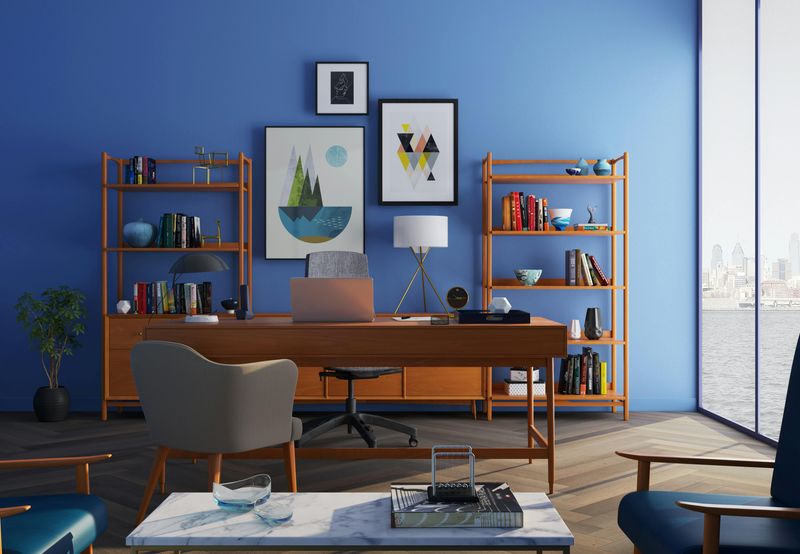
Wait aren’t home offices becoming more common? Yes, but historically, dedicated home offices were standard in upper-middle-class homes long before remote work became popular. These rooms served as command centers for household management and occasional professional work.
Women managed household accounts, wrote correspondence, and organized family schedules in these spaces. Men might bring work home or manage investments at sturdy desks with proper filing systems and office equipment.
After nearly disappearing during the open-concept trend of the 1990s-2010s, home offices have made a surprising comeback due to remote work. The difference? Modern versions are designed for full-time professional use rather than occasional household management, with technology integration and video conferencing considerations that would have been unimaginable in their historical predecessors.
7. Sunroom

Glass-walled sunrooms once bridged the gap between indoor comfort and outdoor living. These light-filled spaces allowed families to enjoy nature’s beauty while protected from insects and weather, featuring wicker furniture, potted plants, and large windows on three sides.
Homeowners used these rooms for morning coffee, afternoon reading, or simply watching the seasons change. Their popularity peaked before widespread air conditioning, when these naturally bright spaces provided ventilation and comfort.
Though still found in some homes, they’ve largely been replaced by decks, patios, or great rooms with large windows. The maintenance of all that glass and the heating/cooling challenges make them impractical for many modern homeowners, despite their undeniable charm and connection to the outdoors.
8. Laundry Room
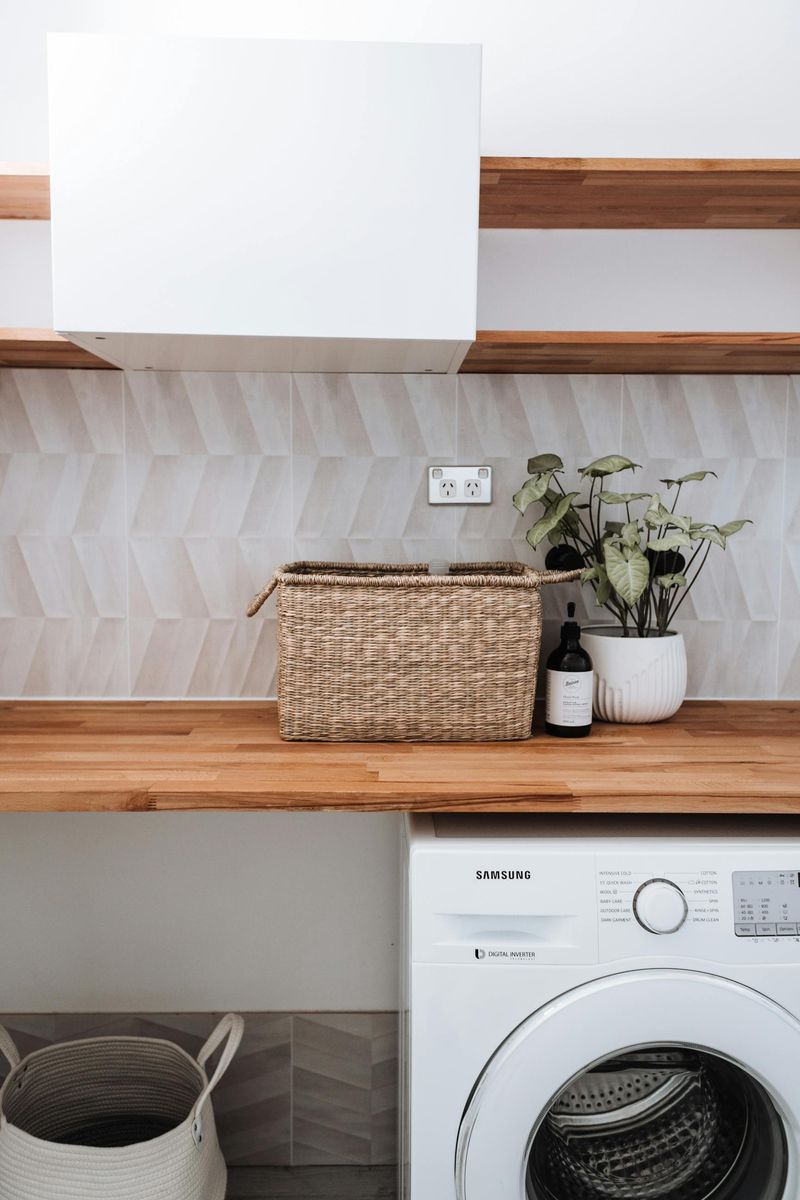
Dedicated laundry rooms weren’t always tucked into closets or combined with mudrooms. Many older homes featured substantial spaces specifically designed for the labor-intensive process of washing, drying, and ironing clothes.
These utilitarian rooms contained large sinks for hand-washing delicates, clotheslines or drying racks, ironing boards permanently set up, and ample counter space for folding. Some even included sewing areas for mending garments as part of the complete clothing care process.
Though modern homes still include laundry facilities, they’ve often been reduced to stacked units in hallway closets or combined with other utility spaces. The shrinking of laundry rooms reflects both the efficiency of modern appliances and our tendency to outsource clothing care or accept less pristine results than previous generations demanded.
9. Sewing Room
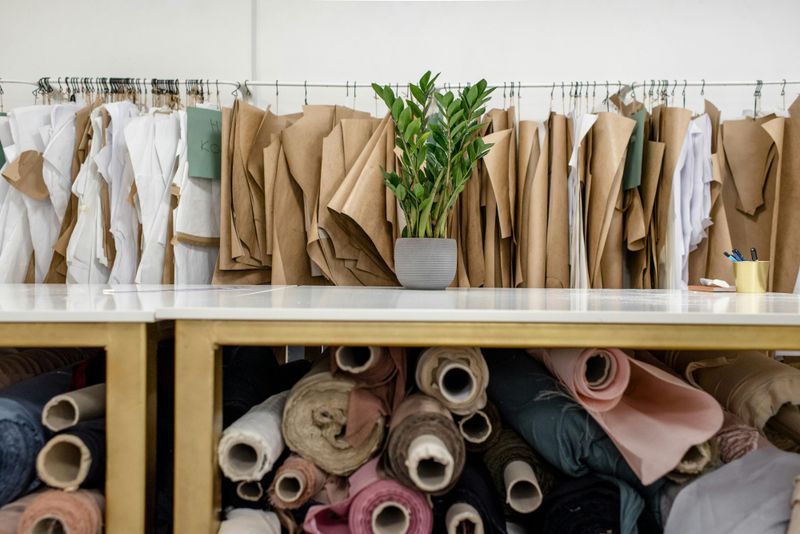
Before ready-made clothing became affordable and widely available, home sewing was an essential skill. Dedicated sewing rooms provided space for fabric storage, pattern cutting, garment construction, and alterations.
These creative workshops contained sewing machines (first treadle, later electric), cutting tables, dress forms, and organized storage for notions, patterns, and fabrics. Families relied on these spaces for creating and maintaining wardrobes, household linens, and decorative items.
The decline of home sewing has made these rooms obsolete in most homes. Though crafting and DIY projects have enjoyed renewed popularity, few modern homes dedicate entire rooms to these pursuits. Instead, crafters carve out corners of multipurpose spaces or temporarily take over dining tables for creative projects before clearing away their materials.
10. Game Room
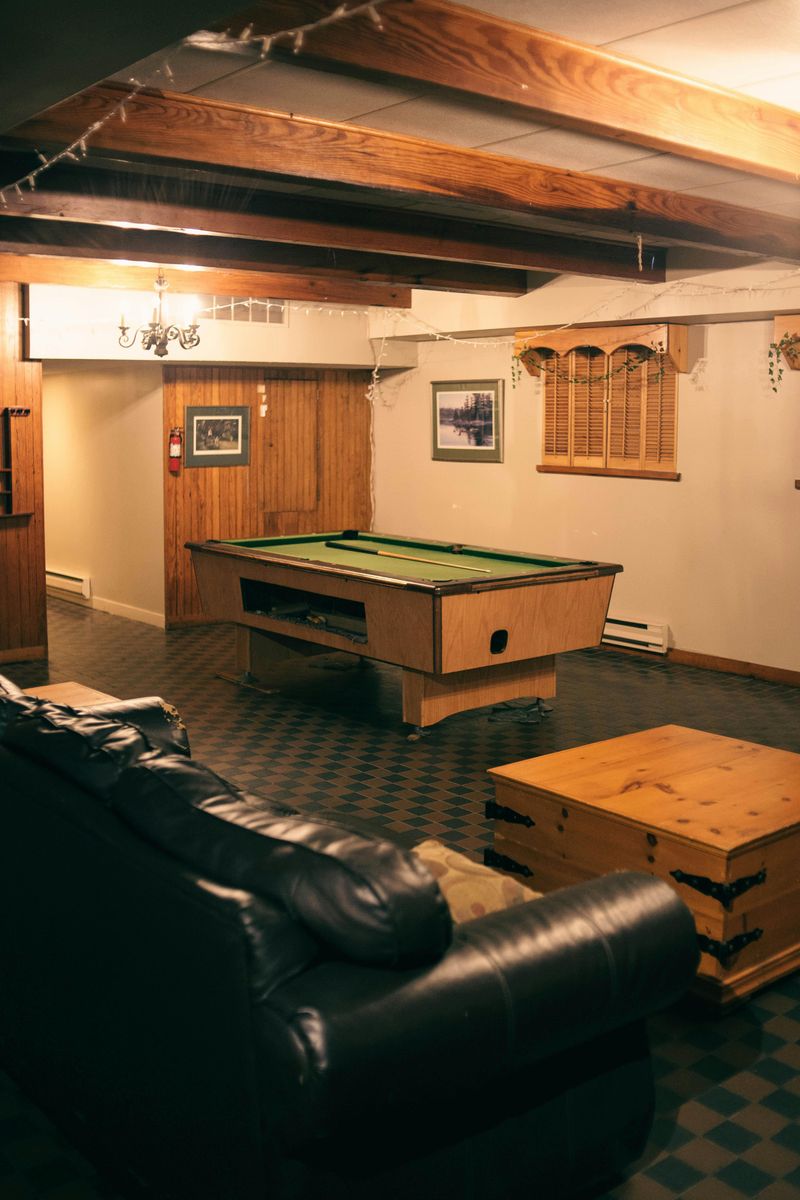
Before digital entertainment dominated leisure time, dedicated game rooms provided space for family recreation and social gatherings. These fun zones featured card tables, board games, perhaps a billiards table, and comfortable seating for hours of face-to-face entertainment.
Families and guests would gather for regular game nights or tournaments, making these rooms centers of social interaction and friendly competition. Some upscale versions might include built-in storage for game equipment, specialty lighting above game tables, or themed décor.
While entertainment spaces still exist in modern homes, they’ve evolved into media rooms focused on screens rather than interactive gameplay. The shift reflects changing leisure preferences, with video games and streaming services replacing physical games that required dedicated space and face-to-face interaction.
11. Wine Cellar
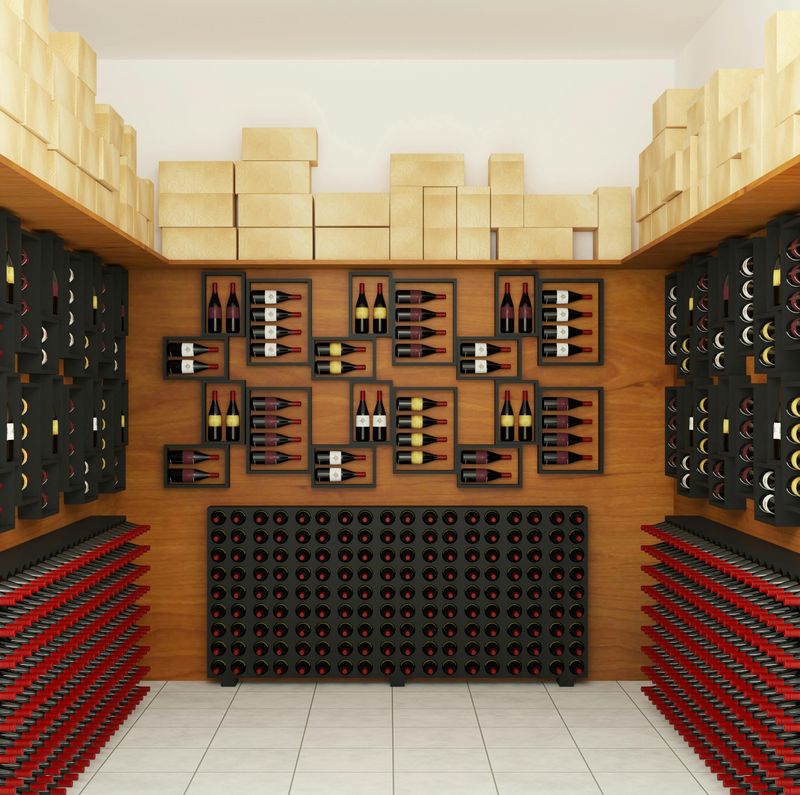
Underground wine cellars were practical necessities before refrigeration, providing naturally cool, stable environments for storing perishable foods and beverages. These functional spaces evolved into specialized rooms for aging and collecting wine in wealthy homes.
Traditional cellars featured stone or brick construction, built-in bottle storage, and carefully controlled temperature and humidity. The depth underground naturally maintained ideal conditions without mechanical systems, making them energy-efficient storage solutions.
Modern homes rarely include true cellars due to construction methods and costs. Wine enthusiasts now opt for temperature-controlled cabinets or converted closets rather than dedicated underground rooms. The shift represents both changing construction techniques and the reality that few homeowners maintain collections large enough to justify a purpose-built storage space.


